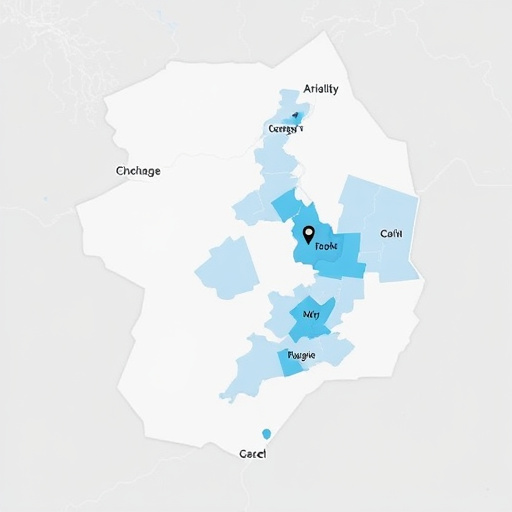Understanding additional parts costs is crucial for transparent vehicle maintenance budgeting. These expenses include specialized tools and brands recommended by professionals for optimal performance, with variations based on rarity, brand, and material quality. Labor costs, a significant factor reflecting skilled time and expertise, are detailed by mechanics. Awareness empowers car owners to make informed decisions, compare service center quotes, and effectively budget for intake installation needs, especially the critical professional intake and installation process. Effective budget management in the digital era involves strategic planning, clear communication, and regular financial projections reviews to minimize unexpected additional parts costs.
In today’s market, understanding additional parts costs is crucial for any car owner. This comprehensive guide breaks down the complexities of these expenses, offering a detailed look at what drives them. From professional intake and installation processes to labor costs, we demystify each element. Additionally, we provide practical strategies to optimize your budget and minimize extra costs, ensuring you’re informed and in control of your vehicle’s financial health.
- Understanding Additional Parts Costs: A Comprehensive Breakdown
- Professional Intake and Installation: Unveiling Labor Expenses
- Optimizing Budget: Strategies to Manage and Minimize Extra Costs
Understanding Additional Parts Costs: A Comprehensive Breakdown

Understanding Additional Parts Costs: A Comprehensive Breakdown
When it comes to vehicle maintenance and repairs, additional parts costs can often be a point of confusion for many car owners. To ensure transparency and budget planning, it’s crucial to demystify these expenses. Additional parts refer to any components required beyond the standard intake installation process. These could include specialized tools, custom-made fixtures, or specific brands and models recommended by mechanics for optimal performance. The cost of these extra parts varies widely depending on factors like rarity, brand, and material quality.
Professional mechanics typically outline these additional costs upfront, breaking down each expense in detail. The labor involved in installing these parts is also a significant factor. Skilled technicians invest time and expertise to ensure the new components integrate seamlessly with your vehicle’s existing systems. This meticulous process, involving precise measurements, adjustments, and testing, contributes to the overall labor cost. Knowing these dynamics empowers car owners to make informed decisions, compare quotes from different service centers, and budget effectively for their vehicle’s maintenance needs.
Professional Intake and Installation: Unveiling Labor Expenses

When it comes to additional parts costs, a significant factor often overlooked is the professional intake and installation process. This crucial step involves skilled technicians meticulously evaluating your vehicle’s needs and preparing it for new components. The labor expenses behind this service are every bit as important as the parts themselves; after all, it’s not just about fitting new pieces, but ensuring they’re correctly aligned and integrated into your vehicle’s existing systems.
Professional intake and installation costs can vary widely depending on several factors, including the complexity of the job, the make and model of your vehicle, and the location of the service provider. Specialized vehicles or intricate installations may require more time and expertise, driving up labor costs accordingly. Yet, these expenses are essential to guarantee a seamless fit, optimal performance, and longevity of the newly installed parts.
Optimizing Budget: Strategies to Manage and Minimize Extra Costs

In today’s digital era, understanding and optimizing your budget is crucial, especially when it comes to unexpected additional parts costs. As a professional, one effective strategy to manage and minimize these expenses is to carefully plan and allocate funds specifically for potential extras. This proactive approach involves detailed budgeting and considering both fixed and variable costs, such as labor rates and the intakement of specialized equipment, which can significantly impact overall project expenditures.
Additionally, staying organized with clear communication channels ensures that any deviations from the initial plan are promptly addressed. Regularly reviewing financial projections and comparing them against actual expenses helps in identifying areas where adjustments can be made. This could include negotiating rates with vendors or finding more cost-effective alternatives for specific parts or services, thereby minimizing the impact of extra costs on your overall project budget.
In understanding additional parts costs, from professional intake and installation to managing budget effectively, individuals can make informed decisions. Recognizing labor expenses as a significant factor, optimizing budgeting strategies allows for minimizing extra costs. By integrating these insights, car owners can ensure both quality maintenance and fiscal responsibility, ensuring their vehicles remain reliable without unforeseen financial burdens.














